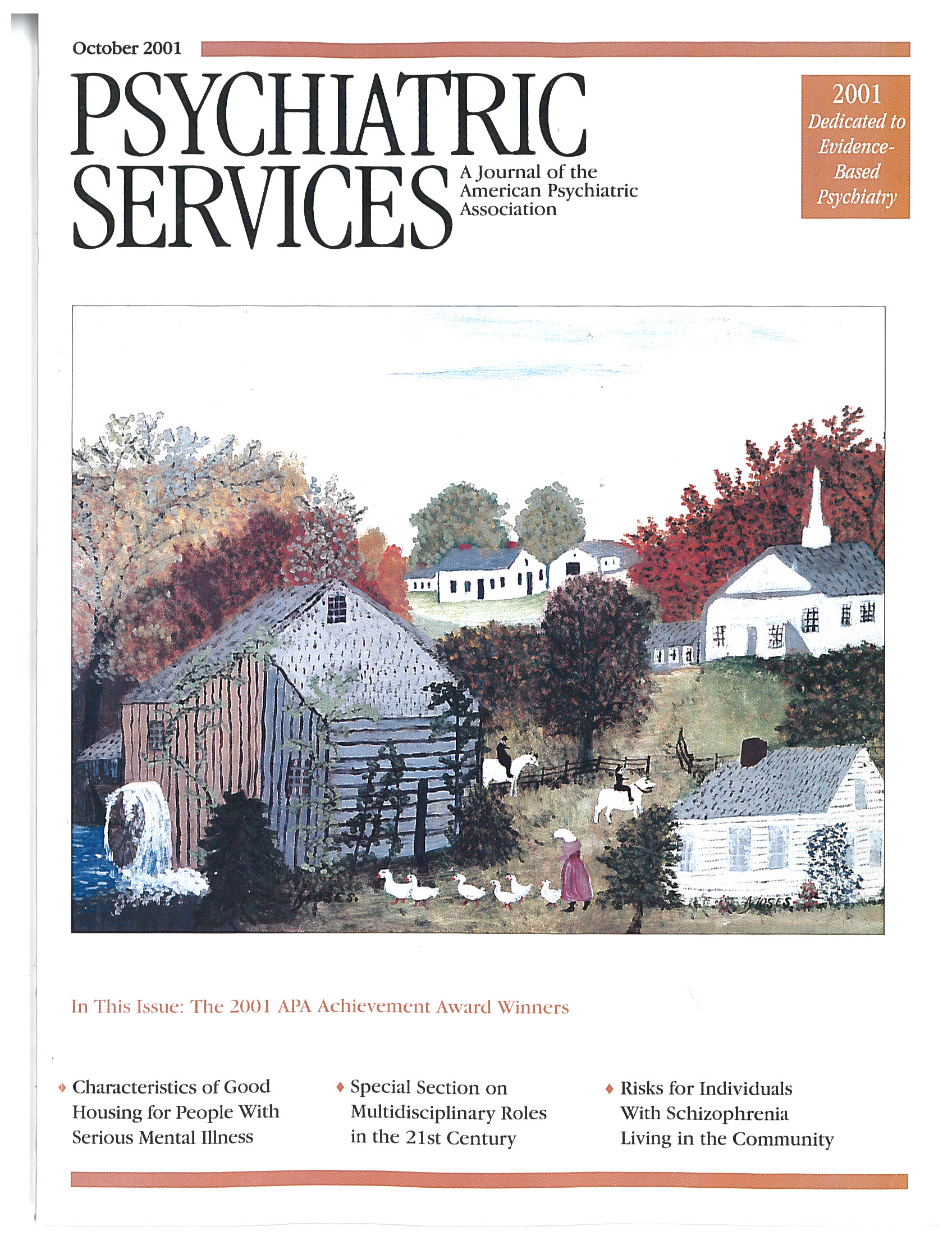New York State Office of Mental Health Trauma Initiative
In May 2000 the New York State Office of Mental Health (NYSOMH) established a trauma unit in its chief medical office, signaling the high priority of routine trauma assessment and treatment in New York's public mental health system. The unit is an outgrowth of the agency's trauma initiative, which is described below along with efforts to involve service recipients, clinicians, administrators, researchers, and policy makers.
The trauma initiative began in 1995. It was inspired by the work of the Center for Mental Health Services, including the first national forum on women, mental health, and violence in 1994. The initiative was also a response to pressure from consumer-advocates and to a growing body of research.
Researchers had already shown that although individuals receiving treatment for serious mental illness often have a history of childhood sexual and physical abuse, they are seldom asked about their traumatic experiences. Moreover, publicly funded mental health programs offered no trauma services. In New York State, it was clear that no single policy directive or administrative action could effectively retool the large and complex mental health service system. Rather, an incremental mobilization effort was indicated.
As a first step, NYSOMH issued a statement acknowledging the high rates of childhood abuse among adult recipients of mental health services and the need to develop routine assessment procedures and appropriate services. Next, an implementation plan was developed to improve services for survivors of trauma who have psychiatric disabilities. The plan laid out a road map for the work ahead and encouraged service providers to join the effort.
The next step in the trauma initiative was to develop local leaders. To this end, a statewide committee on trauma was established to advise NYSOMH. Formation of the committee created opportunities for interested clinicians, service recipients, and administrators to share information and support. An electronic bulletin board was established to disseminate information about the initiative as well as literature and program information. The commissioner of NYSOMH directed state psychiatric centers to convene trauma work groups to identify opportunities for improvement at the facility.
Funding was provided to a nonprofit agency to facilitate the development of local trauma networks. NYSOMH established a small fund to support local training programs.
In partnership with the in-house design and printing department of NYSOMH, Trauma Initiative Publications was formed. It published the Trauma Assessment and Treatment Resource Book, which is a compilation of assessment forms and program descriptions of trauma services offered by state and local mental health providers. Trauma Initiative Publications has also published manuals for group models submitted by mental health providers. Thousands of copies of these resource books have been distributed.
After a forum was held on trauma and mental health issues, a report was issued and widely disseminated. The report included local research data, accounts of personal experiences of mental health service recipients, and clinical observations made by providers. Trauma initiative staff gave presentations on trauma and mental health issues to state and local audiences. Common themes included the prevalence of trauma histories; the connection between trauma and established priority populations, such as those with dual diagnoses of mental illness and substance abuse and those who are violent or self-injuring; and the consistency of trauma services with the larger agency mission, which is to promote recovery and decrease the use of high-intensity, high-cost psychiatric services such as emergency and inpatient treatment.
To date, the accomplishments of the trauma initiative include receiving priority status for state funding for new programs; an annual statewide training conference featuring national and local experts; partnership with heads of county mental health departments; and the inclusion of a mandatory training program for all direct care staff as part of NYSOMH's core curriculum. All state psychiatric centers now routinely screen for trauma history. A trauma screening form will be included in the agency's new automated record system. Many state hospitals and several local programs offer trauma services ranging from psychoeducational programs to safety skills groups to individualized trauma treatment.
Current efforts include a targeted children's trauma initiative, increased training in working with men who are traumatized, and the development of programs for trauma survivors with psychiatric disabilities in forensic programs. More than 1,100 mental health care workers and recipients attended our annual clinical training conference in 2001, demonstrating the potential for successfully raising awareness and interest in trauma issues through this type of initiative.
Ms. Chassman is director of the trauma unit of the New York State Office of Mental Health, 44 Holland Avenue, Albany, New York 12229 (e-mail, [email protected]).



